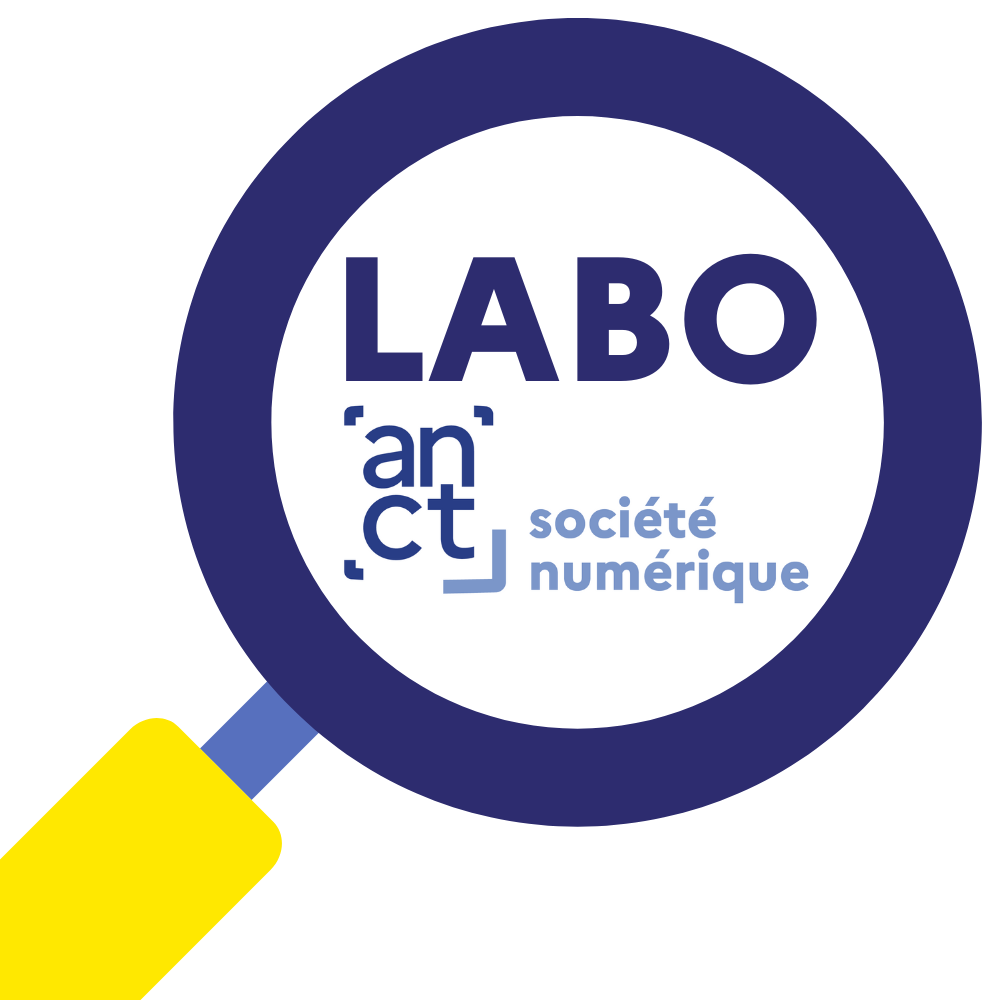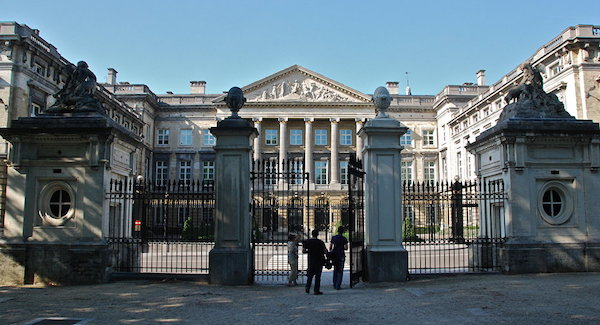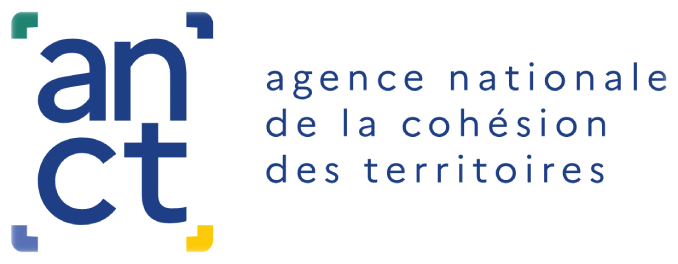The Belgian government publishes the "Information Society Barometer" every year. This Barometer is part of the " Digital Belgium" plan drawn up by the Minister for the Digital Agenda, Telecommunications and the Post Office, based on five priorities: the digital economy, digital infrastructure, digital skills and jobs, confidence in digital technology and digital security, and digital government.
The document measures the evolution of the Belgian digital society in relation to the objectives of the Digital Plan 2020 and the "Digital Agenda for Europe". The 2017 Barometer was published last November. We propose a brief review of the main indicators related to the uses and skills of individuals.
85% OF BELGIANS REGULARLY USE THE INTERNET
According to the survey, 85% of households have an Internet connection (an increase of 1.5 points compared to last year) and 97% of them, i.e. almost all of them, use a broadband connection (stable figure). Households with children have a much higher rate with 95% (stable) compared to 81% (+4 points) for households without children.84% of Belgians (+0.5 points) regularly use the Internet in the sense that they go online at least once a week, compared to 79.2% (+2.8 points) for the EU average. The European Digital Agenda had set a target of increasing regular internet use to 75% by 2015. Belgium has been meeting this target since 2011. Belgium remains in 9th placee This indicator is part of the European DESI index.
THE DIGITAL DIVIDE STILL AFFECTS 11.2% OF BELGIANS.
11.2% (-1.4 percentage points) of individuals aged 16 to 74 in Belgium never used the internet in 2016. The EAD had set a target of halving the proportion of the population that has never used the internet to 15% by 2015 at EU level. In Belgium, the digital divide hovered around this threshold (15%) between 2011 and 2013 and then fell below it (13%) since 2014 "without falling below the psychological threshold of 10%."Disadvantaged people are the main categories of population victims of the digital divide.
55.2% OF BELGIANS SHOPPED ONLINE IN 2015
They were 21.3% in 2008. The European Digital Agenda had set a target of 50% of the population having made online purchases by 2015. Belgium has reached this goal since 2014. 64.2% of internet users in Belgium ordered goods and/or services online in 2015. Belgium is slightly below the European average (65.3%) and ranks 12th in the EU.e place of the EU.44.8% of Belgians used their electronic identity card (eID) with an ID reader in 2015, up from 43.5% in 2014. More than one in two Belgians (52.1%) used the internet to interact with public services in 2015. 33.8% of Belgians returned completed forms to public administrations via the internet.
61% OF BELGIANS HAVE BASIC OR ADVANCED GENERAL DIGITAL SKILLS
The proportion of Belgians with digital skills at any level (low, basic, advanced) is higher than the European average (56%).This indicator is used in the calculation of the DESI (Human Capital component). Belgium scores 9eplace in the EU for this indicator (+1 place).
A triply interesting barometer
As we pointed out in the first article on the 2016 barometer: "The systematic exploitation of the Community Surveys conducted by Statistics Belgium (ICT household and individual survey and ICT and e-commerce business survey), is complemented, for some indicators, by data from the Federal Public Service Economy, the National Social Security Office (NSSO), the National Bank of Belgium, Bureau Van Dijk and DNS Belgium.The second objective of the Barometer is to compare Belgian performance with that of other EU countries. To this end, it relies on the European DESI index for the digital economy and society. The DESI was developed by the European Commission to assess the evolution of EU countries towards a digital economy and society. According to the DESI index, Belgium is in 5th position among the 28 EU member states. The Digital Belgium Plan aims to reach the 3rd position in the EU.e place in the European DESI ranking.
When it comes to measuring digital skills, the Barometer is based on the European Digital Skills Indicator."
The 2017 Barometer chapters:
- Reminder of the thematic priorities
- Objectives for 2020 : DESI
- Digital economy: e-commerce, complaints and reports, barriers to e-commerce, internet access and connection, internet use, cloud computing, social networks, ICT equipment, ICT use, ICT sector, patents, start-ups,
- Digital infrastructures: high-speed internet, telecommunications market, price evolution of telecommunication services, comparison of tariffs with neighboring countries, domain names
- Digital skills and jobs: digital skills of individuals, companies,
- Trust in digital technology and digital security: security of companies on the Internet, security of individuals on the Internet, cybercrime
- Digital government: households and individuals, tax-on-web, online public services
- International comparison: European Union (28 countries), OECD (35 countries), IDI-ICT Development Index (175 countries)
- Evolution of main indicators (2014-2016): households and individuals (6-74 years old), enterprises (with at least 10 employees), security, e-skills, telecommunications and infrastructure, Digital Economy and Society Index (DESI), Digital Agenda for Europe (DAE) - Key Performance Objectives
- Main sources
Référence :





